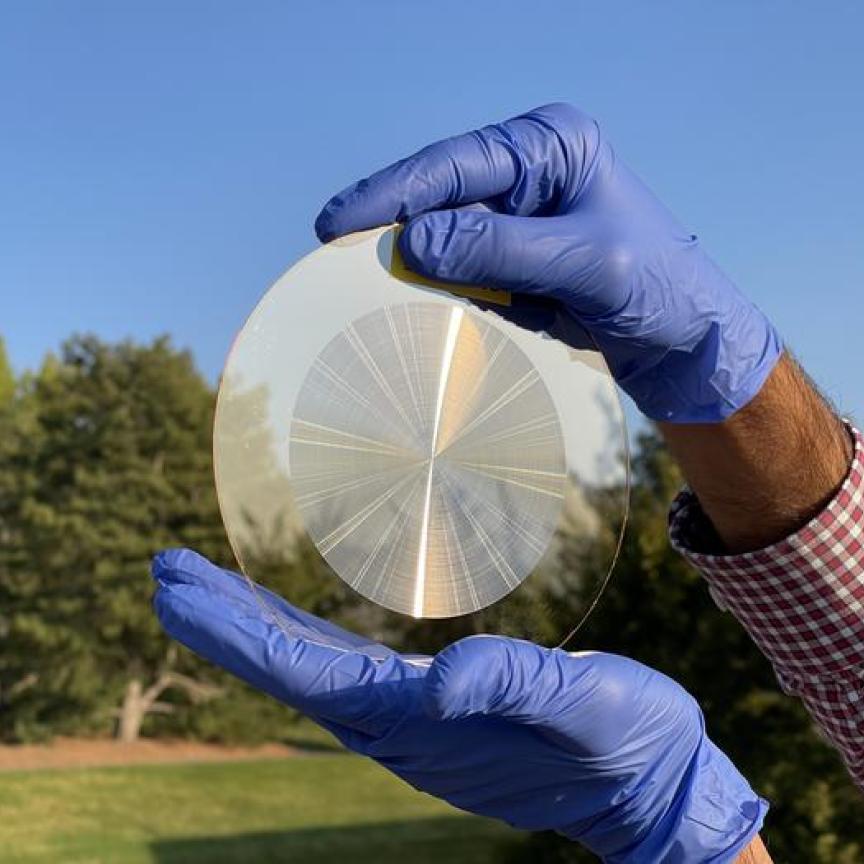Machine vision industry bodies have begun the first steps to define a standard interface for lenses. The initial meeting to build the working groups took place on 9 July; the groups will be chaired by Marcel Naggatz from Baumer and Erik Widding from Birger Engineering.
Nothing has been specified yet, according to Arnaud Darmont, the EMVA’s standards manager, but, speaking to Imaging and Machine Vision Europe, he said that higher-end systems and new applications could benefit a great deal from a lens standard.
Writing on the subject for Imaging and Machine Vision Europe in December 2017, Professor Dr Bernd Jähne stated: ‘It is really surprising to see that such an essential part of a vision system as an open camera lens communication standard has been overlooked for such a long time by the industry. It is now essential to develop it, in order to make the next generation of vision systems possible.’
Darmont envisaged a potential standard as having two backwards compatible communication protocols on the same bus: an extremely basic version, for lenses that don’t have a lot of electronics, and a more advanced protocol allowing communication in both directions at higher speed with more commands. He said that the basic version is ‘mandatory if we want to communicate with less expensive devices that might want to be compliant but don’t want to invest in the full standard.’
Another aspect would be mapping over GenICam, so that the end-user will see the lens as virtual parameters of the camera. However, this would be later in the implementation, because the basics have to be defined first.
The standard, according to Darmont, will not address the low-cost lens market, as these devices have to remain inexpensive. ‘We are addressing the market of higher-end systems,’ he said, giving the example of setups with two cameras and two lenses that could use just one camera and one programmable lens. The lens would toggle between two settings to grab two different views of a scene. Here, the customer would invest more in the lens, but would save money on the camera.
Applications that make use of lens control would also benefit from the standard. ‘Currently these applications have custom solutions, custom electronic controls for the lenses with a second cable,’ Darmont explained. ‘For those, even if the protocol is more expensive, users will save on cables; they will save on the cost of the custom implementation.’
Applications currently based on GigE Vision with long cables often require a second cable to control the lens separately, which is expensive. ‘Going to a single-cable solution for those long distance applications is probably something people will be looking for, because it’s not only the cost of the cable, it’s the cost of all the problems you have with cables,’ Darmont said – cables will have a lifetime when they are bent, for example. ‘If users go from two cables to one, they might increase the lifetime of the system,’ he continued. ‘There are some niche applications where it really makes sense.’
One question that was raised at the initial meeting is whether the interface can be made more generic to include devices like encoders or light sources. In this way, these devices would be controlled directly by the camera, so that the light source no longer needs its own connection to the PC. The camera would be the bridge between the computer and the light source. ‘This type of basic interface is very similar to what we would do with lenses,’ Darmont said.
‘This question hasn’t been answered, but if we find a match between what we could do for lenses and what lighting requires, then we will have something even more general,’ he concluded.
A working group meeting for the standard is scheduled for October.
Elsewhere, the GenICam standard group has released GenICam Package Version 2018.06. It includes the new GenICam reference implementation v3.1.0; the new GenICam SFNC Release v2.4; and the updated GenICam License document v1.6. The download link of this latest GenICam release, which is hosted by the EMVA, can be found at: www.emva.org/standards-technology/genicam/.

